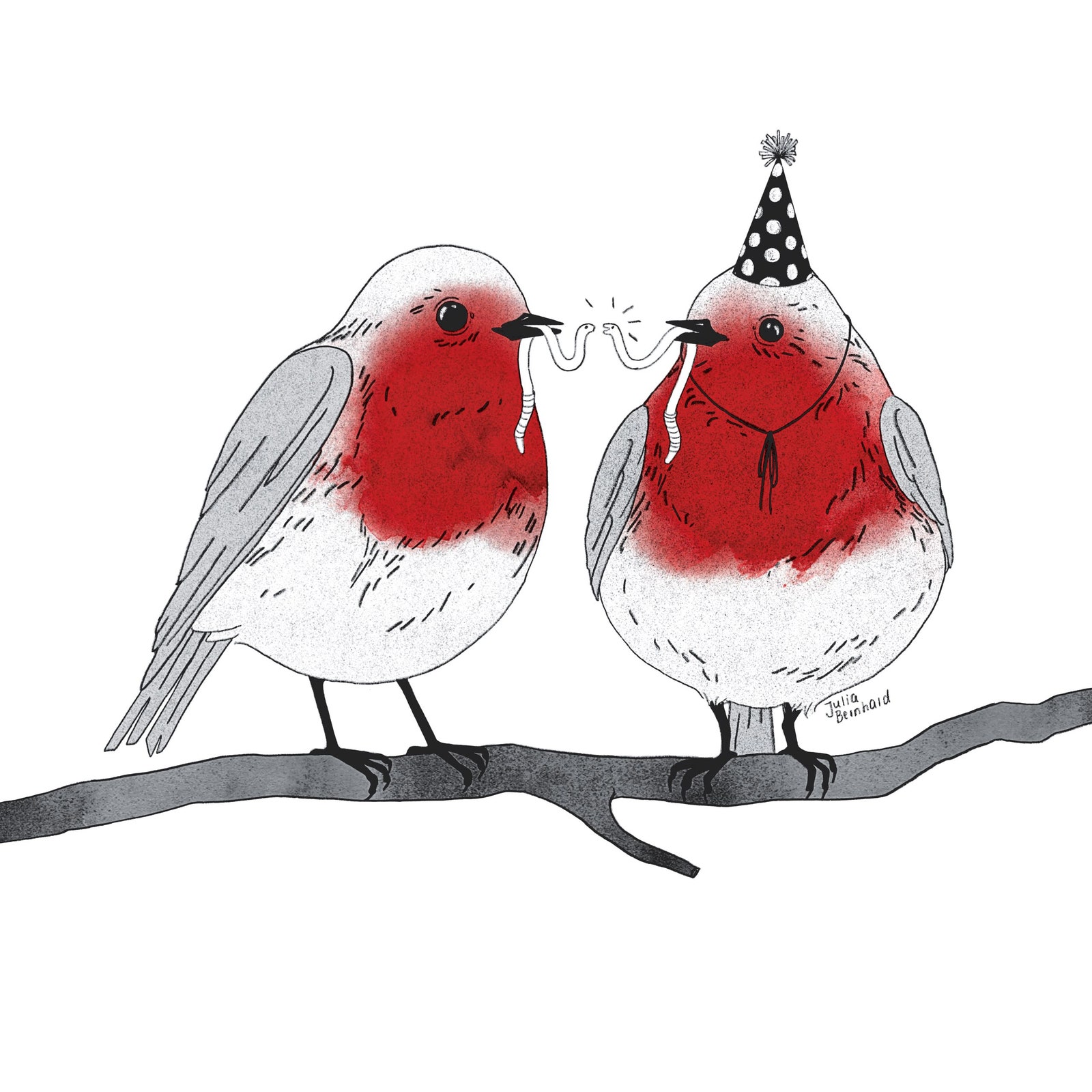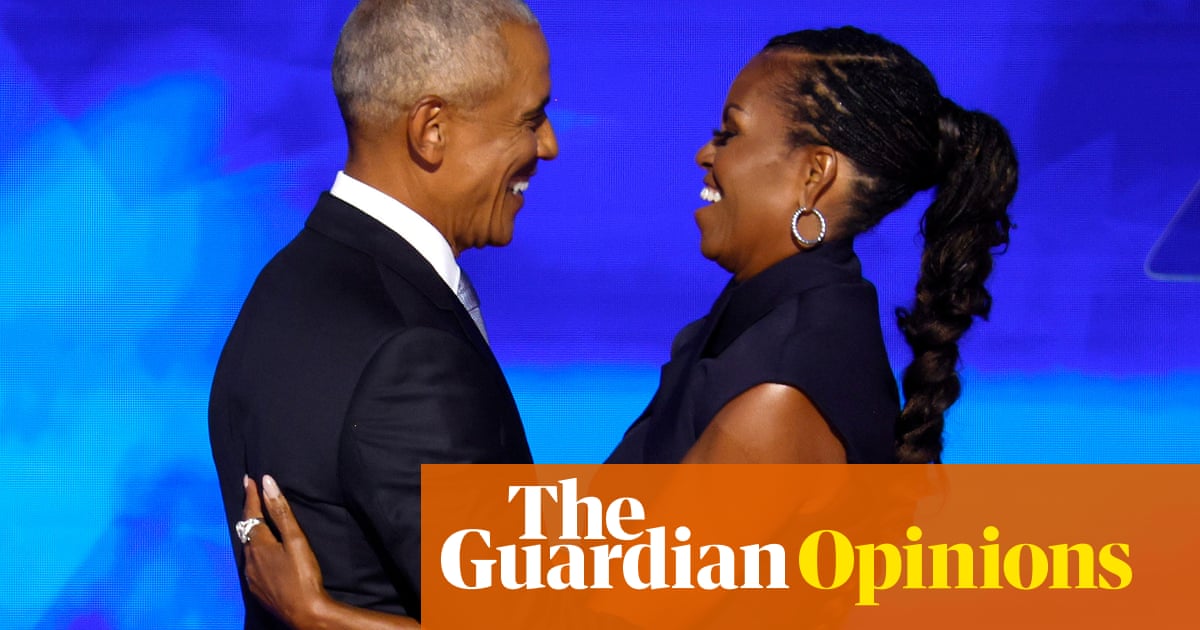What’s New About Conspiracy Theories?
The Internet revolution “has displaced the gatekeepers, the producers, editors, and scholars who decided what was worthy of dissemination,” they write. This has opened the way for “conspiracy entrepreneurs” who proffer “a seemingly infinite array of wild accusations.”
Is it possible to make a rigorous study of conspiracy theories? The task seems self-punishing, like trying to housebreak a chicken. Nevertheless, this is the mission that Joseph E. Uscinski and Joseph M. Parent have chosen to take on. Research into conspiracy theories “has been hampered by a lack of long-term systematic data,” Uscinski and Parent, political scientists at the University of Miami and the University of Notre Dame, respectively, write in “American Conspiracy Theories.” Fortunately, “methods are now available to better scrutinize what we think we know.”
One of these methods is polling. Uscinski and Parent commissioned a survey of more than twelve hundred Americans, which asked them to react to statements like “Much of our lives are being controlled by plots hatched in secret places.” On the basis of their answers, respondents were sorted into three groups: “high” (those predisposed to conspiratorial thinking), “low” (those opposed to it), and “medium” (those in the middle). Then the researchers looked at the cross-tabulations. The less educated the respondent, the more likely he or she was to be a “high.” The poor tended to be more conspiratorially inclined than the rich. Roughly equal proportions of Democrats and Republicans were given to conspiracizing, but among respondents who identified with neither party the proportion jumped.
The conspiracy-minded, Uscinski and Parent conclude, “deserve their reputation as outsiders.” They are less likely to vote and more apt to view bloodshed as a form of political protest. While eighty per cent of the “lows” rejected the idea that “violence is sometimes an acceptable way to express disagreement with the government,” among the “highs” that figure dropped to fifty-nine per cent. “It is disconcerting that, when asked about gun control, around half of those with higher conspiratorial predispositions wanted less strict gun laws,” Uscinski and Parent observe.
For more long-term data, they turned to newspapers. A battery of assistants sifted through more than a hundred years’ worth of letters to the editor published in the Times and in the Chicago Tribune. Letters that referred to any sort of group acting in secret “at the expense of the common good” were coded as “conspiracy talk.” (No effort was made to distinguish between “talk” about actual conspiracies, e.g., Watergate, and baseless speculation.) The groups denounced in such missives included the usual suspects—Catholics, Communists, Jews, the United Nations—as well as more surprising targets: ice companies, Lutheran newspapers, the Senate printing office, and the Prime Minister of Malta. The schemes, too, ranged all over the diabolical map, from Herbert Hoover’s secret business deals to bankrupt the U.S. to a C.I.A. plot to spread lesbianism.
When Uscinski and Parent tallied the number of conspiracy-coded letters published each year, they found no twenty-first-century surge in paranoid thinking. On the contrary, averaging out the short-term ups and downs, they conclude that the amount of “conspiracy talk” has remained constant since the nineteen-sixties and has actually declined since the eighteen-nineties: “We do not live in an age of conspiracy theories and have not for some time.” That we believe we do makes sense, since that sentiment, too, is a constant.
“It’s official: America is becoming a conspiratocracy,” the Daily News announced in 2011. “Are we living in a golden age of conspiracy theory?” the Boston Globe wondered in 2004. It’s the “dawn of a new age of conspiracy theory,” the Washington Post declared in 1994.
“Presumably we could multiply examples back to Salem in 1692, but you understand the point,” Uscinski and Parent write. “Conspiracy scares are ubiquitous.” According to their analysis, short-term variations in the rate of conspiracy theorizing do not coincide with changing economic conditions or advances in technology, like the Web.
Such is their take on “scares” that it’s hard to imagine them finding anything new in the “new conspiracism.” Still, when it comes to paranoia in high places, they share some of Muirhead and Rosenblum’s concerns. When there’s an uptick in conspiracy theorizing by members of the “élite”—defined as government officials, entertainers, and journalists—they observe a corresponding uptick in paranoid theorizing more generally. “This means you, Donald Trump,” they write.
In 2015, a young journalist named Anna Merlan took a cruise to Mexico. Most of the passengers on board the ship, the Ruby Princess, were ordinary vacationers, but a significant minority had signed on for a cruise-within-a-cruise, dubbed by its organizers Conspira-Sea. The Conspira-Sea crowd was treated to lectures from various “experts,” including Andrew Wakefield, the British doctor whose bogus studies launched the anti-vaxx movement. When Merlan returned to shore, she wrote a lighthearted feature about the experience, for the Web site Jezebel, in which she poked fun at the Conspira-Sea-ers for having lost touch with reality. Then Trump was elected and Edgar Welch showed up with his guns at Comet Ping Pong. Merlan decided that perhaps she was the one who was out of touch.
In “Republic of Lies: American Conspiracy Theorists and Their Surprising Rise to Power,” Merlan immerses herself in various subcultures of suspicion. She visits a gathering of white nationalists in eastern Kentucky; attends the annual meeting of the Mutual U.F.O. Network, known as MUFON; and hangs out with proponents of “redemption theory,” a strain of nuttiness based on the idea that every American is owed a cache of cash held secretly by the government. One of her first stops is a rally of Pizzagate diehards in Lafayette Park, not far from the White House. This takes place in March, 2017, three months after Welch’s arrest. Merlan finds the crowd split into factions, each convinced that the other is made up of plants. She’s interviewing a woman who wants to be known as LaLa when she notices a man filming them with his phone. The man accuses LaLa of belonging to the “controlled opposition.” He, in turn, is approached by other phone-wielding demonstrators and charged with working to undermine the cause.
“You’re protecting child molesters, bro,” someone yells at him. But who’s supposed to be doing the controlling or why is never quite clear. “It seems that the core element from everyone inside this ‘movement’ is distrust for everyone around them,” LaLa relates to Merlan. “Nobody knows who’s on whose side, or what the truth is.”
Merlan encounters this dynamic frequently. People who believe conspiracy theories, it turns out, often suspect others who believe such theories of being crazy, or worse. At the MUFON conference, just outside Las Vegas, a speaker named Corey Goode, an eminent figure in the world of ufology, describes how, as a kid, he was taken to an underground facility at Carswell Air Force Base, in Texas, and trained to fight aliens. Later, Goode maintains, he roamed around the solar system doing “surveillance and recon,” until, finally, his government handlers performed “age regression” and sent him back home, once again as a child. Another U.F.O. researcher at the convention, Richard Dolan, tells Merlan he’s worried about claims like Goode’s, which “aren’t particularly credible.” Like the crowd in Lafayette Park, Dolan is concerned about plants, who he fears are out to undermine the whole ufology enterprise. History, he observes, is “replete with provocateurs and disinformation coming from U.S. government channels.”
Americans, as Merlan notes, have long suspected the government of suppressing the truth about extraterrestrials—such suspicions probably predate the term “extraterrestrial.” Other conspiracy theories, she observes, have even deeper roots. The charge of ritual child abuse, key to Pizzagate, was levelled against the Jews back in the Middle Ages. It has surfaced many times since, including during what’s become known as the Satanic Panic—a rash of allegations that sent more than twenty Californians to prison in the nineteen-eighties. (Virtually all the convictions have since been overturned.) Conspiracism, Merlan concludes, has “more or less always been with us”: pizza-parlor workers have simply replaced day-care workers, who replaced Jews.
But she also makes the opposite point. Like Muirhead and Rosenblum, Merlan believes that something novel and dangerous is going on right now. In her account, Trump gets a lot of the credit (or, if you prefer, the blame) and so, too, does the Internet. Merlan cites the Columbine shooting, which took place in 1999, “before the age of YouTube, easily buildable blogs, and widely used social media platforms.”After the shooting, no one came forward to propose that Columbine had been staged. Today, it is pretty much guaranteed that a mass shooting will give rise to a community on the Web that insists the victims are “crisis actors.” Merlan interviews Lenny Pozner, a former I.T. consultant whose six-year-old son, Noah, died in the Sandy Hook Elementary School shooting, in 2012. Pozner has spent most of the past six years battling conspiracists who insist that the shooting never happened and that Noah never even existed. (In February, a Connecticut judge ordered Alex Jones, the owner of the Web site Infowars and a leading purveyor of the Sandy Hook-as-hoax theory, to sit for a deposition in a lawsuit brought by the parents of slain children. In the deposition, in March, Jones claimed that a “form of psychosis” had made him believe the massacre was staged.)
This article has been archived for your research. The original version from New Yorker can be found here.



